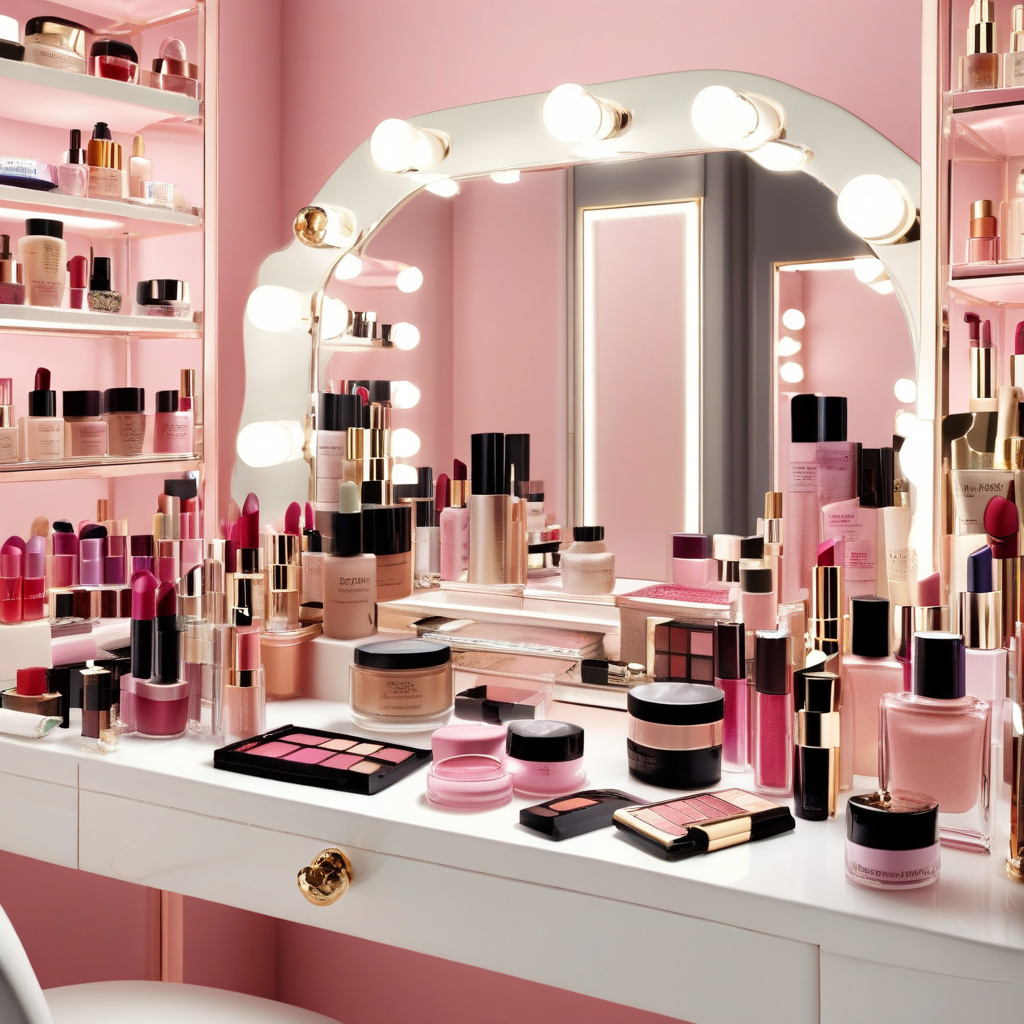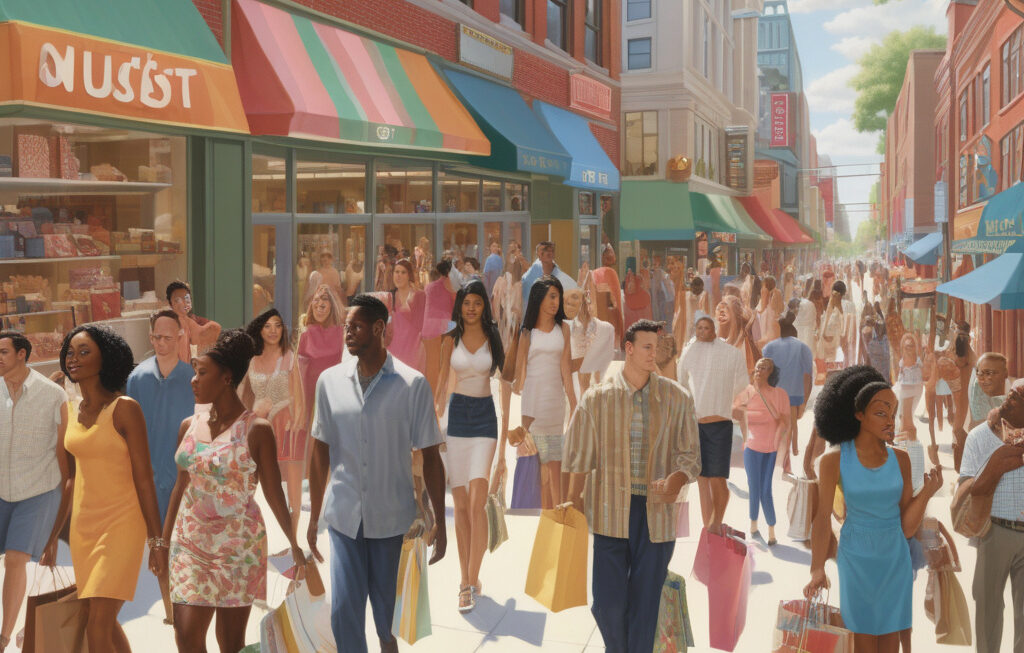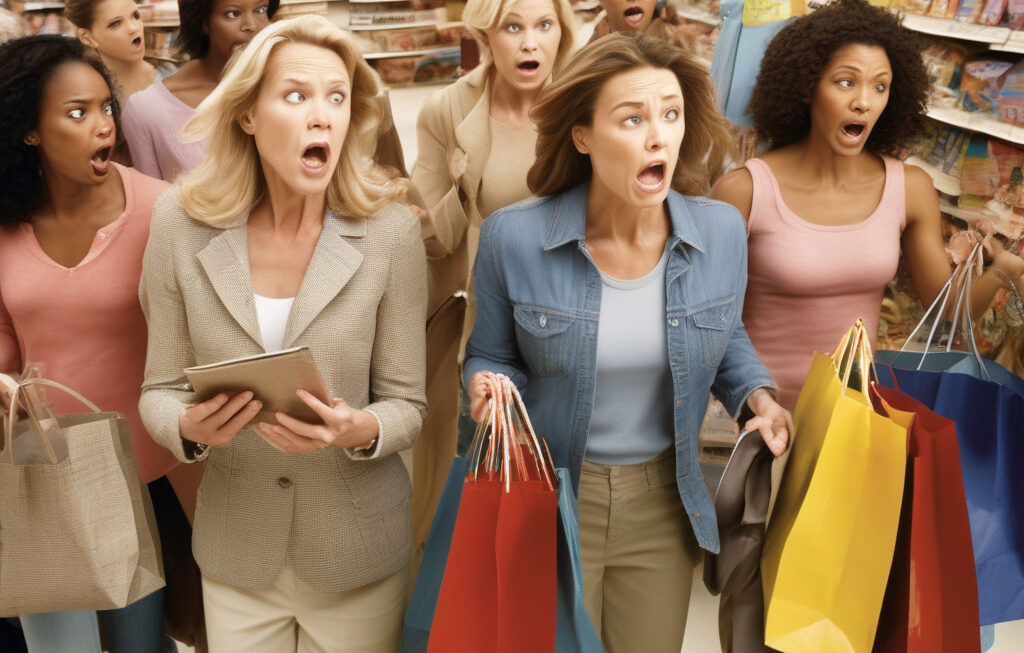Beauty Dupes Are More Expensive Than the Originals Now
In the world of cosmetics, finding a budget-friendly dupe for a high-end product has always been a thrill for makeup enthusiasts. However, a shift in the beauty industry has brought about a surprising trend: beauty dupes are now more expensive than the originals. Your lipstick’s evil twin is gonna cost you, as a new wave of makeup doppelgangers hit the shelves with near-identical formulas and packaging, but with significantly higher price tags. So, what is driving consumers to opt for these pricier alternatives?
For years, beauty lovers have turned to affordable dupes to replicate the look and quality of their favorite luxury products without breaking the bank. These dupes, often produced by smaller brands or drugstore labels, offered a more accessible option for those who couldn’t splurge on high-end cosmetics. However, the recent surge in popularity of beauty dupes that come with a premium price point has left many puzzled.
One of the reasons behind the rising prices of beauty dupes is the investment that goes into creating a product that mimics the original in both formulation and packaging. While cheaper dupes may cut corners in terms of ingredients or packaging quality, these newer alternatives are designed to deliver an almost identical experience to using the luxury product. This level of replication requires extensive research and development, leading to higher production costs that are inevitably passed on to the consumer.
Moreover, the marketing strategy behind these upscale beauty dupes plays a crucial role in their success. By positioning these products as “dupes for the discerning consumer,” brands are able to tap into a market segment that values both quality and affordability. The narrative shifts from offering a cheap alternative to providing a luxurious experience at a relatively lower cost compared to the original product. This narrative not only justifies the higher price point but also elevates the perceived value of the dupe in the eyes of the consumer.
Another factor that contributes to the popularity of expensive beauty dupes is the phenomenon of social proof. With influencers and beauty gurus endorsing these products on various platforms, consumers are more inclined to invest in these upscale alternatives. The association with luxury, combined with positive reviews and recommendations, creates a sense of FOMO (fear of missing out) among beauty enthusiasts, prompting them to make the switch to pricier dupes.
Ultimately, the decision to purchase an expensive beauty dupe over the original product boils down to individual preferences and priorities. While some consumers may still opt for the affordability and accessibility of traditional dupes, others are willing to invest in a higher-priced alternative for the promise of luxury and quality. As the beauty industry continues to evolve, the trend of expensive beauty dupes challenges conventional notions of value and affordability in cosmetics, offering consumers a new perspective on the relationship between price and prestige.
In a market where beauty dupes are more expensive than the originals, the choice between affordability and luxury has never been more complex. Whether you stick to the classics or venture into the world of upscale dupes, one thing is certain – beauty comes in all price ranges, and the power to choose lies in the hands of the consumer.
beauty, dupes, cosmetics, luxury, affordability












